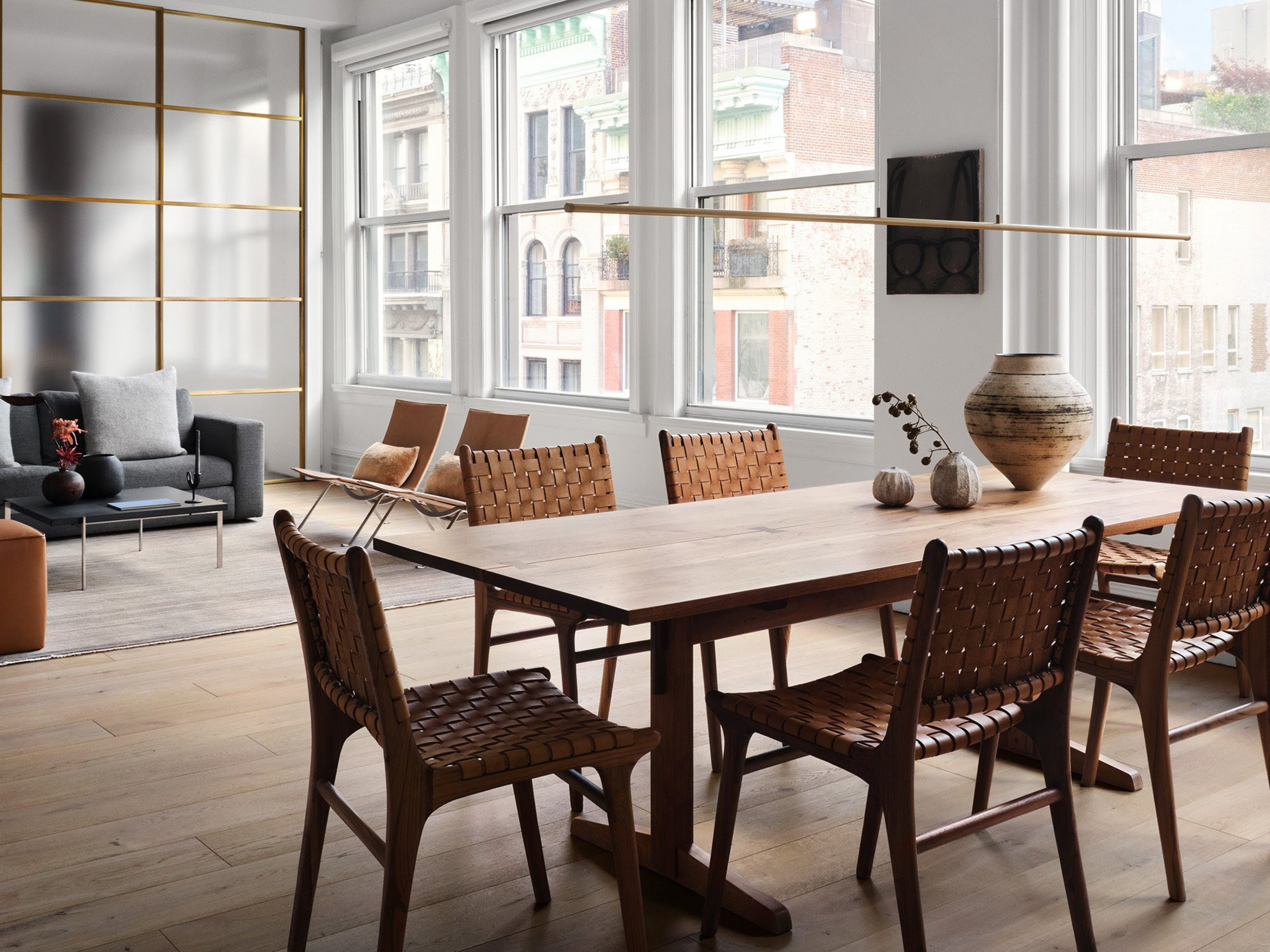
Flooring is one of the biggest design decisions to make when you're renovating your home. It's something you only really want to do once because it tends to be time-consuming and costly. Therefore, selecting a flooring type that transcends the trends is crucially important.
But what are the top flooring solutions that will withstand the test of time? We notice natural materials dominating, like wood and stone, bringing simplicity and calling to nature in a way that floor fads can't. To help you with your quest for the perfect, 'trend-proof' floor type, we've spoken to the experts.
1. Concrete
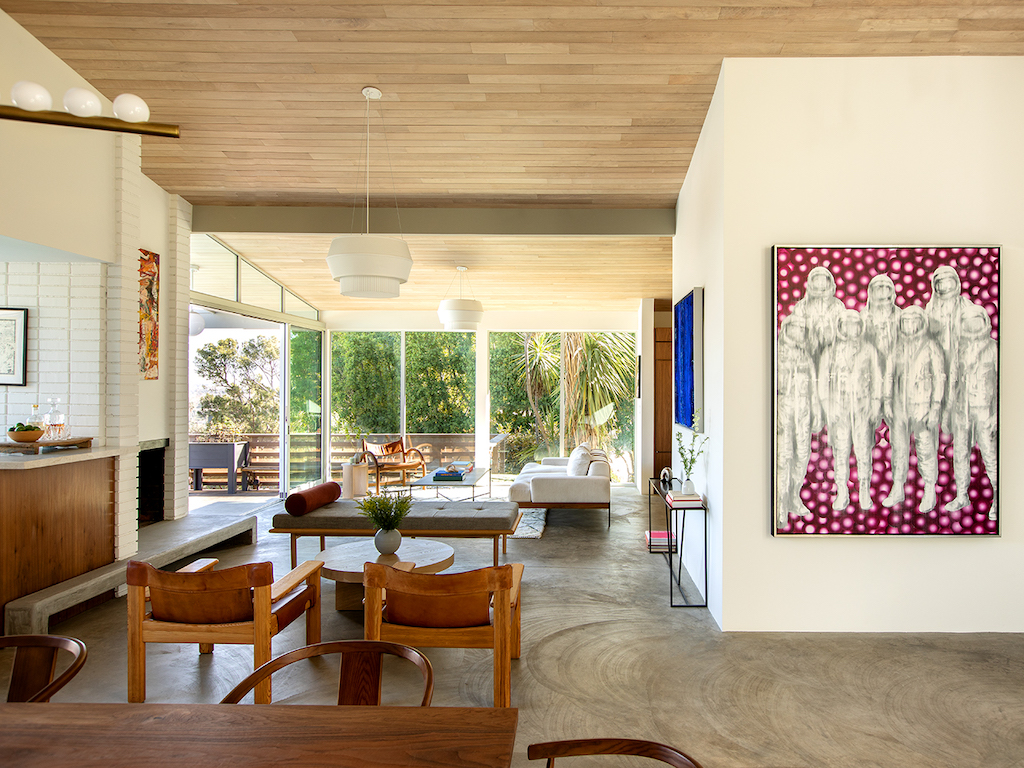
I love the look of concrete flooring. It brings an industrial edge to any room and can bring the elegant quality and feel of a stone floor. Because of concrete's associations with a more industrial aesthetic, it often isn't considered a viable option for the everyday residential home, but there is so much more to offer with concrete flooring.
Firstly, it's not particularly fussy and easy to install. You just need to pour it onto a subgrade. It is also praised for how it makes smaller spaces feel more open plan and airy. It's adaptable too. If you want your concrete to feel a bit more trend-led, rather than the starkness of the standard grey coloring, you can add pigment or stain to the color, choosing any shade that might bring character and warmth to the space and match the walls.
You can also polish your concrete which brings a sheen that feels luxe. Polishing machines grind down the surface to feel smooth instead of rugged.
It doesn't have to feel cold and stark, this home by California-based design studio, Electric Bowery, is a perfect example, mindfully refreshing the classic California home by adding light walnut wood ceilings, combined with polished warm gray concrete floors for a cozy effect.
'Concrete for me is always a winner,' summarizes designer Nickolas Gurtler. 'It is super durable and has that timeless feel.'
2. Tiled checkerboard
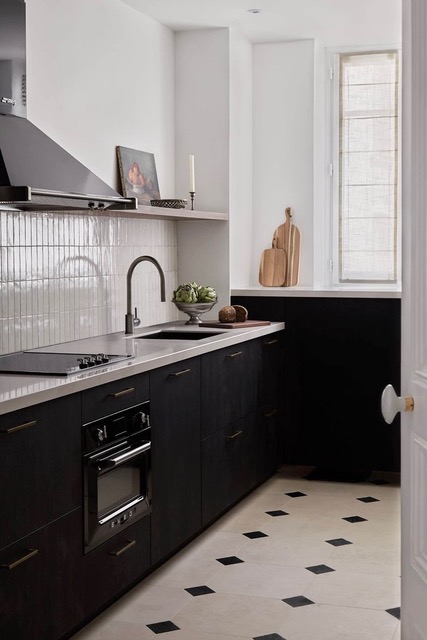
Floor tiles won't go out of style because they are an affordable way to incorporate natural stone in your home, and work well in those rooms that experience a little more moisture like the kitchen or bathroom. Mostly, floor tiling is made of ceramic, which is a clay-based tiling. Porcelain tiles are fired longer at a higher temperature, making it denser and more resistant to damage.
When it comes to patterned flooring, Lichelle Silvestry, founder of Lichelle Silvestry Interiors is convinced that the checkerboard look is timeless and won't go out of style. Its monochrome palette of black and white is something that feels above trends.
'Checkerboard flooring is an excellent way to add a pattern to kitchens and create a timeless heritage feel,' says Lichelle, who designed this checkerboard kitchen. 'This type of flooring is always in style, from classic black and white to softer tone combinations.'
3. Light colored hardwood
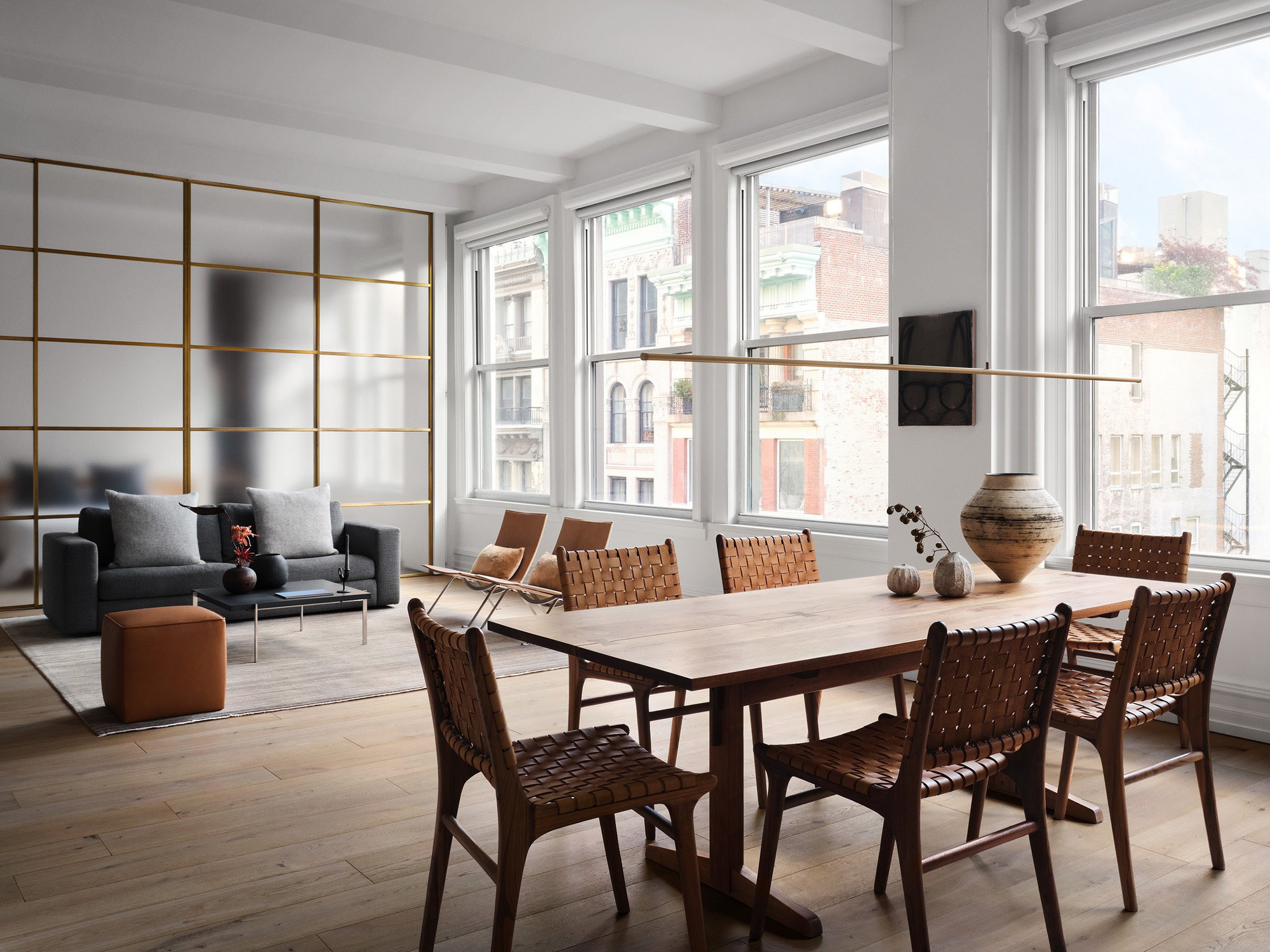
Hardwood will always be a popular floor option. No matter what the decor trends are, wood flooring goes with everything. It's classic, timeless, and can be updated and refreshed over the years with sanding, staining or painting.
Of all the stains and colorways, a lighter hardwood is more adaptable and will work with whatever paint color. Meanwhile, a dark stain can feel fusty and gloomy. 'I generally lean towards a mid-tone or slightly lighter-tone floor,' says Luki Anderson of Studio Officina Architecture. 'Dark floors tend to show dust and dirt very quickly and easily.
'Go for something with some kind of veining or grain, as this will be the most forgiving, and preferably larger format to avoid unnecessary grout lines that add to the need for lots of cleaning.'
In this New York apartment, designer Messana O'Rorke used light oak throughout the entire space for an airy, open feel in a compact apartment.
'The apartment’s floor and subfloor were removed down to the joists, and a sound mat was installed. French Oak flooring with a quarter-inch reveal from the walls establishes a quiet visual plane throughout the apartment, except for the bathrooms,' explains Brian Messana of Messana O'Rorke.
Hardwood can manifest in a variety of ways, from Herringbone planks to long wide planks to more decorative wood marquetry patterns. 'I love using oak timber in the right situations,' says Nikolas. 'It can warm up a space, particularly in large format boards.' Of course, if hardwood isn't the most cost-effective option for you, try engineered wood for a wood veneer that gives you the same look for a cheaper price.
4. Terracotta
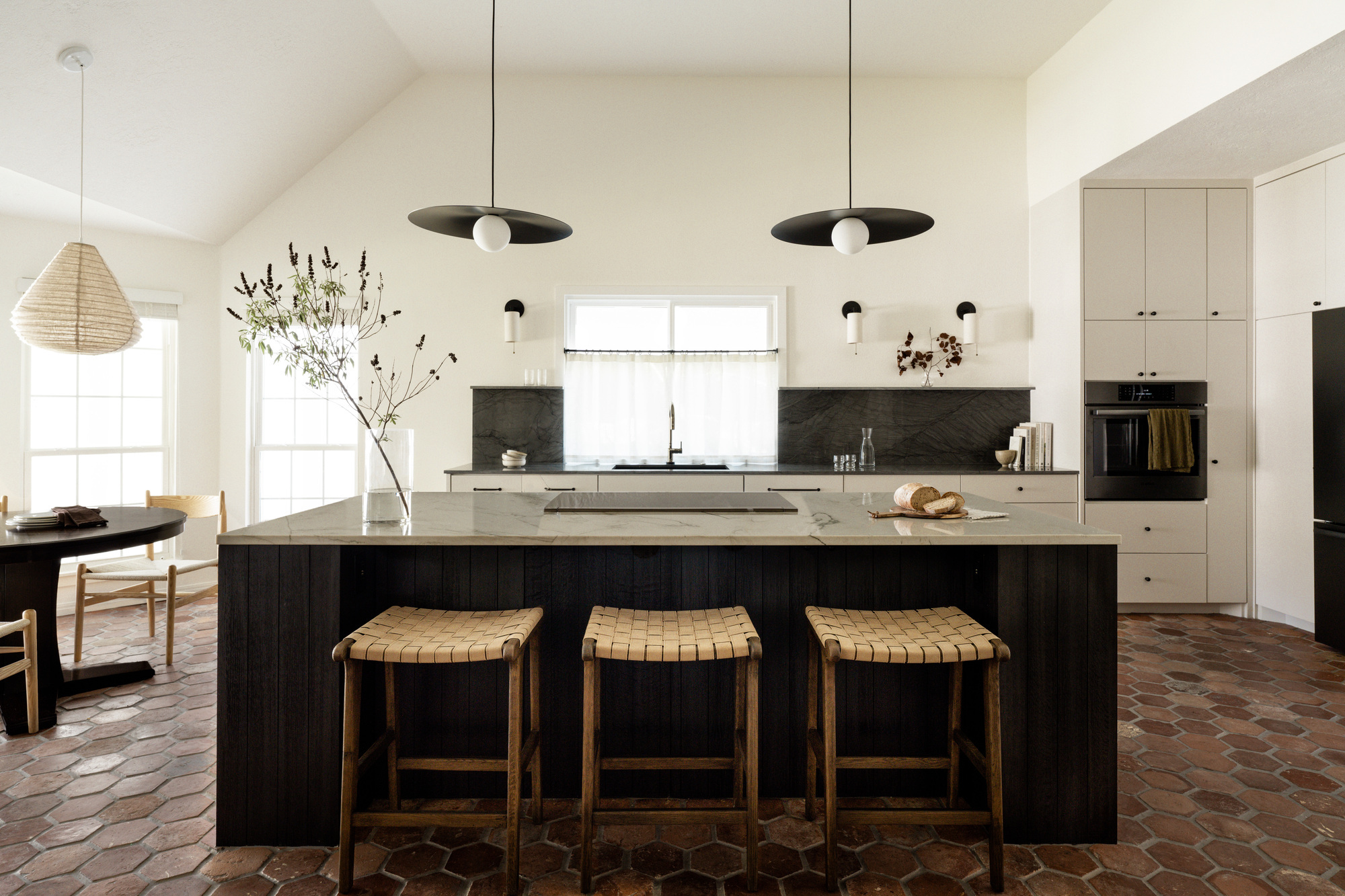
I've long been a fan of terracotta flooring and firmly believe it's a floor type that will never go out of style. It's rich in iron, which is what produces its elegant pigmentation. No two tiles are the same, and you can expect a spectrum of colors, from burnt orange to dusky pink tiles.
It's celebrated for its versatility too. It can feel farmhouse and rustic, yet in the right setting, it feels modern, warming, and with plenty of continental flair. Used in any room, it immediately becomes the showstopper, but it works best for kitchen flooring because of its hardiness.
It's a timeless flooring option because it's so easy to maintain and super hardwearing. Just make sure to treat your tiles with boiled linseed oil as well as beeswax to keep the look polished.
5. Cork
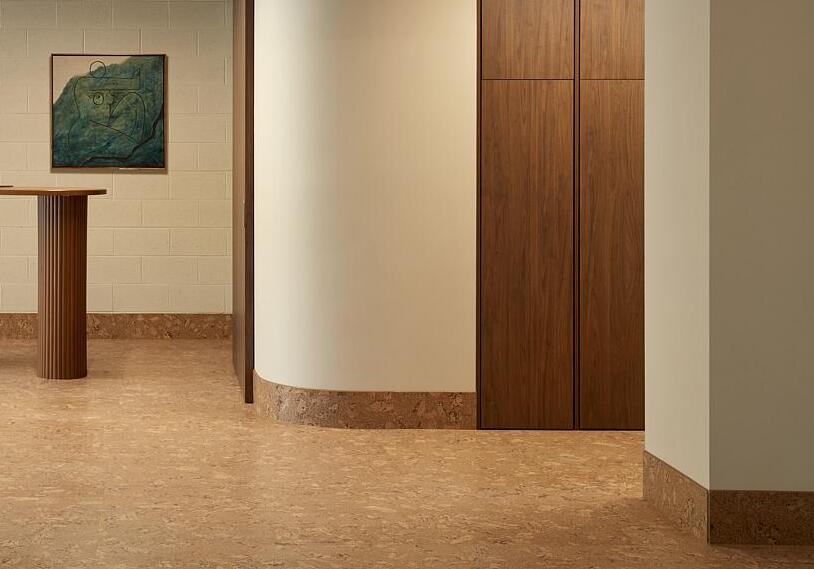
Cork flooring is another one of those materials that defies trends. Its sustainability credentials mean that no matter what might be in or out of fashion, cork will always be applauded. The material is gathered from the same cork oak tree for generations and harvested by hand, unlike hardwood which relies on trees being felled. The first harvest occurs when the tree is around 25 years old and a cork oak can be stripped up to 20 times during its lifespan.
Some cork tiles are stained or photo-printed with a realistic wooden image, some are designed to highlight the grain of the cork, almost creating the effect of a woodchip.
The floor’s exposure to direct sunlight is a key consideration with cork and is the material's main downside. It can fade in the sun, so make sure to avoid installing it in a sun trap room and shield the floor using curtains.
Cork flooring is easy to maintain compared to other types flooring, making it one of the best choices for durability. Just try to keep the wine glasses away from it - cork is porous, though many manufacturers will have pre-applied a sealant to protect against moisture.
It's also known for its thermal and acoustic insulation properties. It is full of air, meaning that it naturally insulates, unlike natural stone which can feel cold underfoot. Finally, it works with underfloor heating too - what's not to love!







